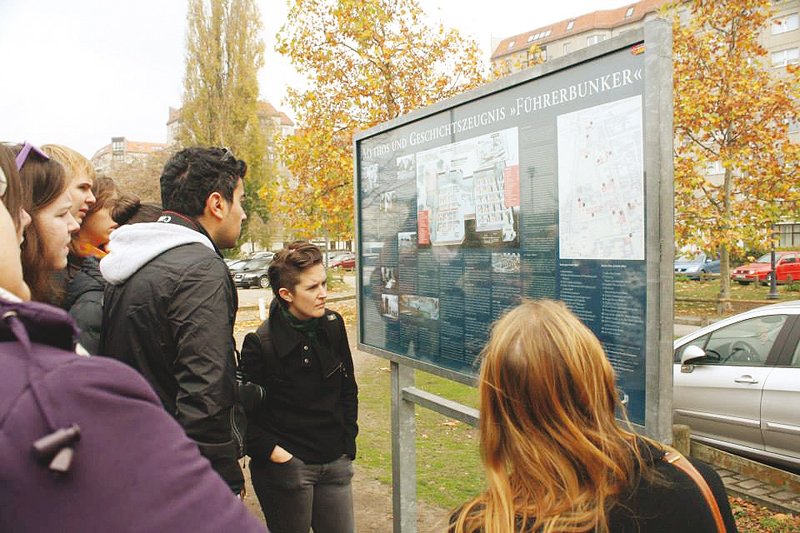
“We’re just in the planning stages — the architects are working on it,” said museum director Ingo Mersmann. The museum is being cautious of the bunker’s design in order to safeguard it against controversy and to avoid it from turning into a place of pilgrimage for Nazi sympathisers. To ensure this, the museum will replace Hitler’s portraits, hanging on the walls of the original bunker, with empty black frames in the replica.

“We certainly don’t want to recreate a place for the misguided people who still see him as a hero to come as a pilgrimage. We are planning against that,” Mersmann said. In order to bring the bunker back to life, the museum has utilised maps, historical photographs and plans, along with the reconstructed set for the 2004 German film The Downfall, which showcased the last days of the Nazi regime in Berlin.
The original Fuhrerbunker was Hitler’s last headquarters, where he continued to practice his nationalist policy of aggressive-expansionism, commanding faltering armies that once conquered most of Europe. In April 1946, as the Soviet soldiers marched streets away, Hitler committed suicide with his wife of less than two days, Eva Braun. An officer then burnt their bodies with petrol, placing the remains in a bomb crater.
The current site of the now almost demolished bunker is situated under a car park in the middle of an apartment complex, and is marked by a plaque that reads historical facts. The replica bunker would be reminiscent of the horrors of ethnic ballast that Hitler propagated to preserve the Aryan race and Pan-Germanism.
Published in The Express Tribune, January 21st, 2015.
Like Life & Style on Facebook, follow @ETLifeandStyle on Twitter for the latest in fashion, gossip and entertainment.





1732361617-0/Untitled-design-(4)1732361617-0-270x192.webp)

1732308855-0/17-Lede-(Image)1732308855-0-270x192.webp)









COMMENTS
Comments are moderated and generally will be posted if they are on-topic and not abusive.
For more information, please see our Comments FAQ